Jewish Baltimoreans Explore Civil Rights Movement
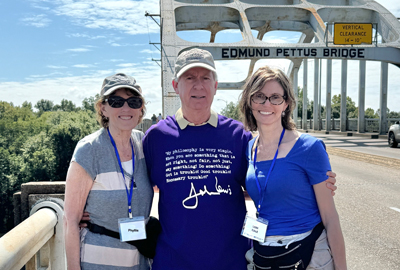
They began in Atlanta, Georgia. Then this group of 23 Baltimoreans went on to Selma, Montgomery and Birmingham, Alabama as they traveled on a transformative Baltimore Jewish Council Associated Civil Rights Mission. Together they retraced the history of the Civil Rights Movements, while exploring Jewish participation in the fight for racial justice.
Here is what they had to say:
I grew up in the South during the tumultuous Civil Rights era of the 50s, 60s and 70s. I thought I knew the whole story, but this trip gave me the opportunity to come to grips with how little I knew.
I didn’t know that the Montgomery Bus Boycott had been so well planned and organized even before Rosa Parks sat down on that bus. I didn’t know about James Marion Sims, credited as the father of modern gynecology, who experimented on enslaved women. I never thought about the modern private prison system and mass incarceration as an extension of slavery.
The tour became personal when we visited with Lynda Lowery, the youngest person to cross the Edmund Pettus Bridge and march the five days from Selma to Montgomery in 1965. Remarkably, she was only three years older than me at that time and so brave. I thought about whether I would have been able to do something like that. The entire trip was an amazing experience.
Mike Saxon
I found it very meaningful to delve deeply into the Civil Rights era for several days and to be in the places where it happened. There’s so much to learn and we’re nearing the end of the period when we can hear directly from people who were there at the time.
In Selma, we spoke with Lynda Lowery who courageously marched five days to Montgomery at the age of 15 — she was the youngest person to do so — to protest racial injustice and disenfranchisement. Then there was 91-year-old Bishop Calvin Woods who survived beatings and was arrested and imprisoned twice for preaching to end segregation in Birmingham.
At Montgomery’s National Memorial for Peace and Justice, which many call the “lynching memorial”, it was shocking to be physically confronted with the pervasiveness of lynching in virtually every county in the South, not to mention several in Maryland (Howard Cooper was lynched in the middle of Towson). I also learned that the 1906 Atlanta Race Massacre began with tensions inflamed by a gubernatorial campaign loaded with racist rhetoric — a tactic that continues to this day. The Atlanta newspapers built on the fear with sensational (and false) stories of sexual assaults inciting a race riot that led to the murder of at least 25 Black men.
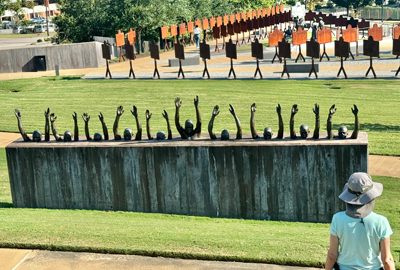
At the newly opened Freedom Monument Sculpture Park, I was surprised to find out that there were 57,000 slaves in Maryland at the start of the Civil War, none of whom were freed by the Emancipation Proclamation because Maryland was not at war with the North.
There are so many lessons to be taken from this experience that speak to our values as Jews. Yet, we can and should reflect on the fact that from slavery to reconstruction to Jim Crow and into the Civil Rights era, not all Jews were on the same page or even on the same side. Our Jewish values didn’t keep many of us from being party to oppression and discrimination or from simply ignoring what was all around us.
The legacy of Jim Crow continues today in areas such as housing policy, education policy, correctional policy and voting rights and our values can and should guide our responses to these present-day challenges.
Although our family has long been familiar and supportive of the African-American Civil Rights movement — and for all human rights in general — this BJC Civil Rights Mission was an especially impactful experience. Traveling with my wife Phyllis and my daughter Lori Gale, and other family members — this well-organized and tightly-packed tour was especially meaningful to us because we were able to appreciate the history by learning at the very locations where important events actually occurred.
Especially poignant was meeting and hearing stories and accounts firsthand from actual participants of the marches, protests, sit-ins and rallies. From Lynda Blackmon Lowery (the youngest marcher at age 14 to cross the Edmund Pettus Bridge on “Bloody Sunday.” and Bishop Calvin Wallace Woods, Sr. a Civil Rights Pioneer and Pastor now age 91. The museums and memorials and sculpture gardens we visited were both disturbing and moving.
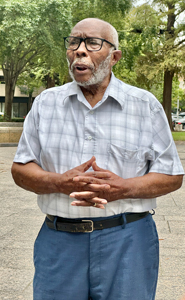
I would recommend this tour for anyone who would want to learn more about our American civil rights movement, and about the suffering and discrimination that our African-American brothers and sisters endured from slavery times to present day incarcerations.
Duke Zimmerman—photographer
Subscribe to our newsletter
The Associated is a home for everyone in the Baltimore Jewish community. We offer several email lists to help people find a community, engage with their peers and support Jewish journeys around the world.
Join Our Mailing ListAdd Impact to Your Inbox
Sign up for our newsletter
Subscribe to our newsletter
The Associated is a home for everyone in the Baltimore Jewish community. We offer several email lists to help people find a community, engage with their peers and support Jewish journeys around the world.
Join Our Mailing List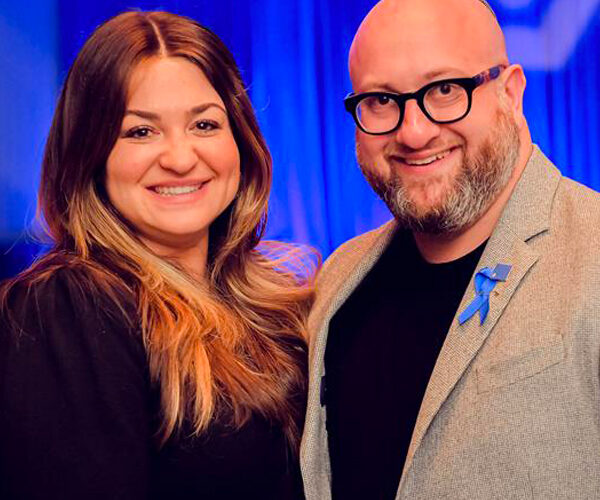



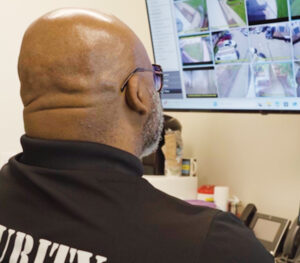
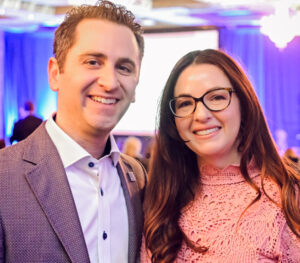

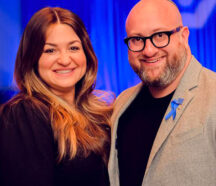
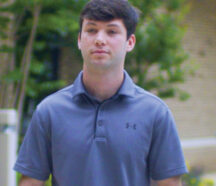
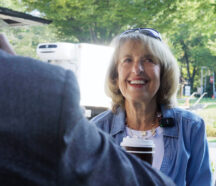
 Please Wait while we loading your video.
Please Wait while we loading your video.